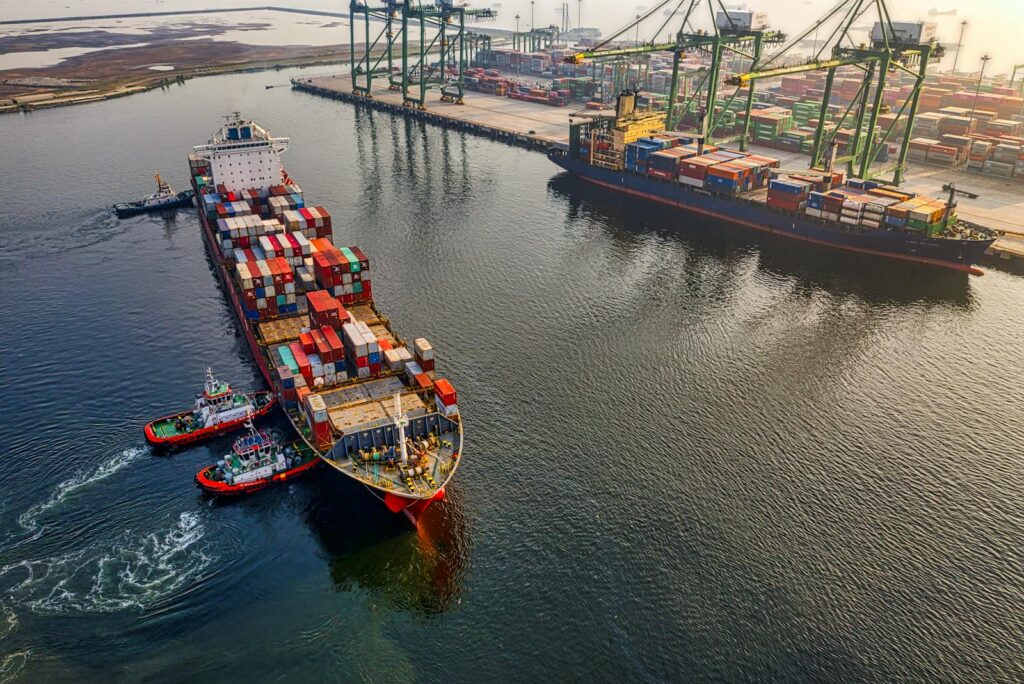
In the ever-evolving global economic landscape, China has encountered a significant setback. For the first time in seven years, the nation’s annual exports have declined, marking a pivotal moment that reflects broader global economic trends and internal market shifts. This decline comes amidst a period of slower global growth and a dip in domestic demand, painting a complex picture of China’s current economic state.
In 2023, China’s exports fell by 4.6%, a stark contrast to the previous year’s increase and the first annual drop since 2016. This downturn was accompanied by a 5.5% decrease in imports, with the last decline recorded during the onset of the Covid-19 pandemic in 2020. Despite these figures, December showed a glimmer of resilience, with exports rising by 2.3% year on year in U.S. dollar terms, surpassing the 1.7% increase forecast by a Reuters poll. Imports also saw a marginal rise of 0.2% in December, albeit falling short of expectations.
The Association of Southeast Asian Nations (ASEAN) emerged as China’s largest trading partner on a regional basis in 2023, followed by the European Union. The United States maintained its position as China’s largest trading partner by country. However, it was Russia that stood out, with China’s exports to the country climbing nearly 47% and imports rising almost 13%.

Despite the challenges, Chinese manufacturers remain hopeful, anticipating production to rise over the course of 2024 amid forecasts of firmer global demand, higher client spending, and new product investment. Yet, this optimism is tempered by a degree of caution, as the degree of optimism softened from November and remained below the series average.The employment sub-index also noted a decline, with firms often mentioning that they had opted not to replace voluntary leavers or trimmed headcounts as demand was more subdued than expected.
China’s economy, while experiencing a slower-than-expected recovery from the pandemic, likely ended 2023 with around 5% growth. The National Bureau of Statistics is scheduled to release the official GDP numbers, which will provide further insight into the economic trajectory.
Weak domestic demand has driven competitive firms in China to expand in the global market, helping to contain inflation in the rest of the world. However, exports as a pillar for growth in China is not strong enough to boost overall domestic demand, indicating that support from fiscal policy expansion is critical.
Looking ahead, China’s economic landscape presents a dual challenge of reviving domestic demand while navigating a tepid global market. The nation’s ability to adapt and innovate, particularly in the burgeoning electric vehicle sector, may offer a pathway to resilience and recovery in an uncertain economic future.Notably, autos remained a bright spot, with exports surging by 69% from a year ago. This growth has been attributed to the rapid expansion of the electric car market and demand from Russia.
Related posts:
China’s annual exports drop for the first time in seven years
China’s double whammy: Exports fell for the first time in 7 years, as domestic demand dips
China’s double whammy: Exports fell for the first time in 7 years, as domestic demand dips





